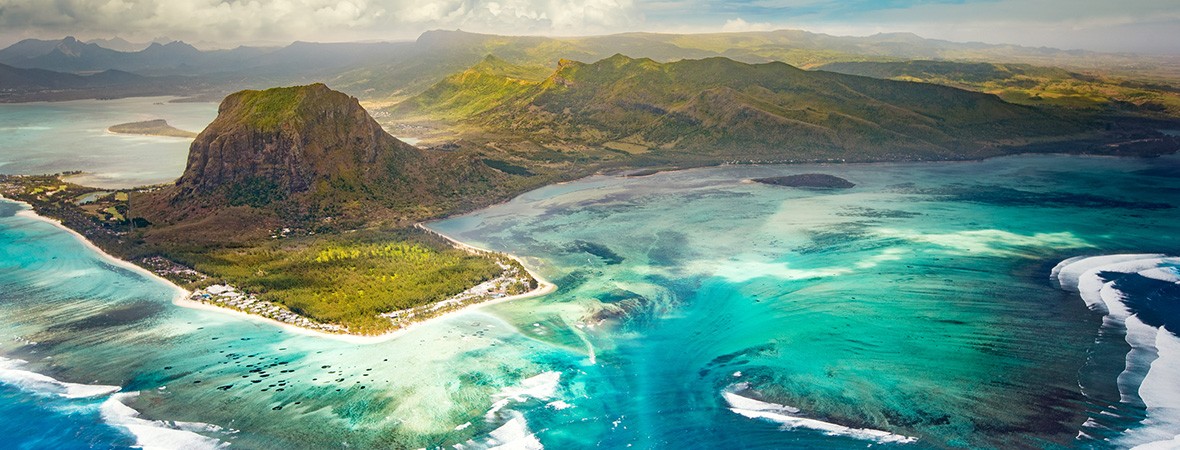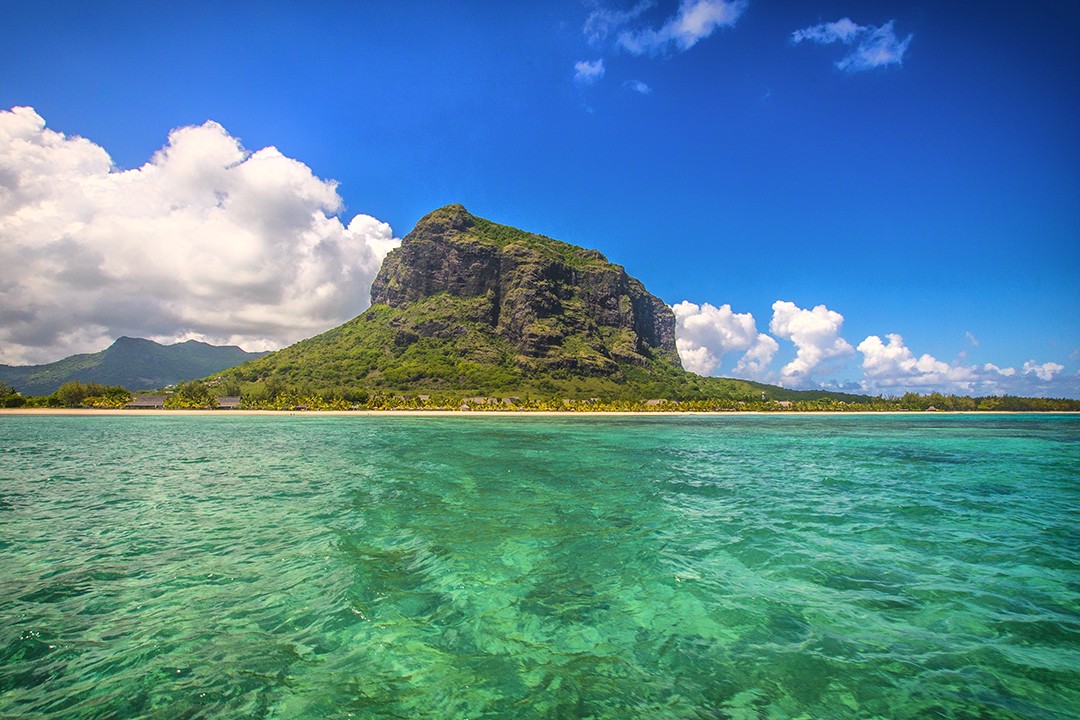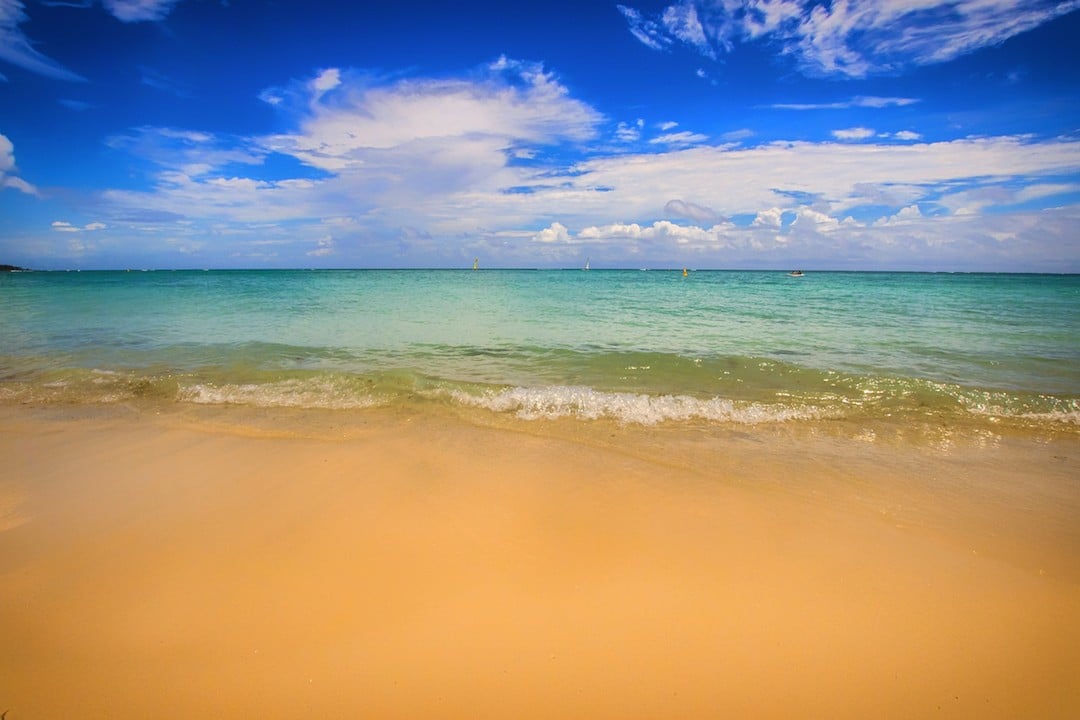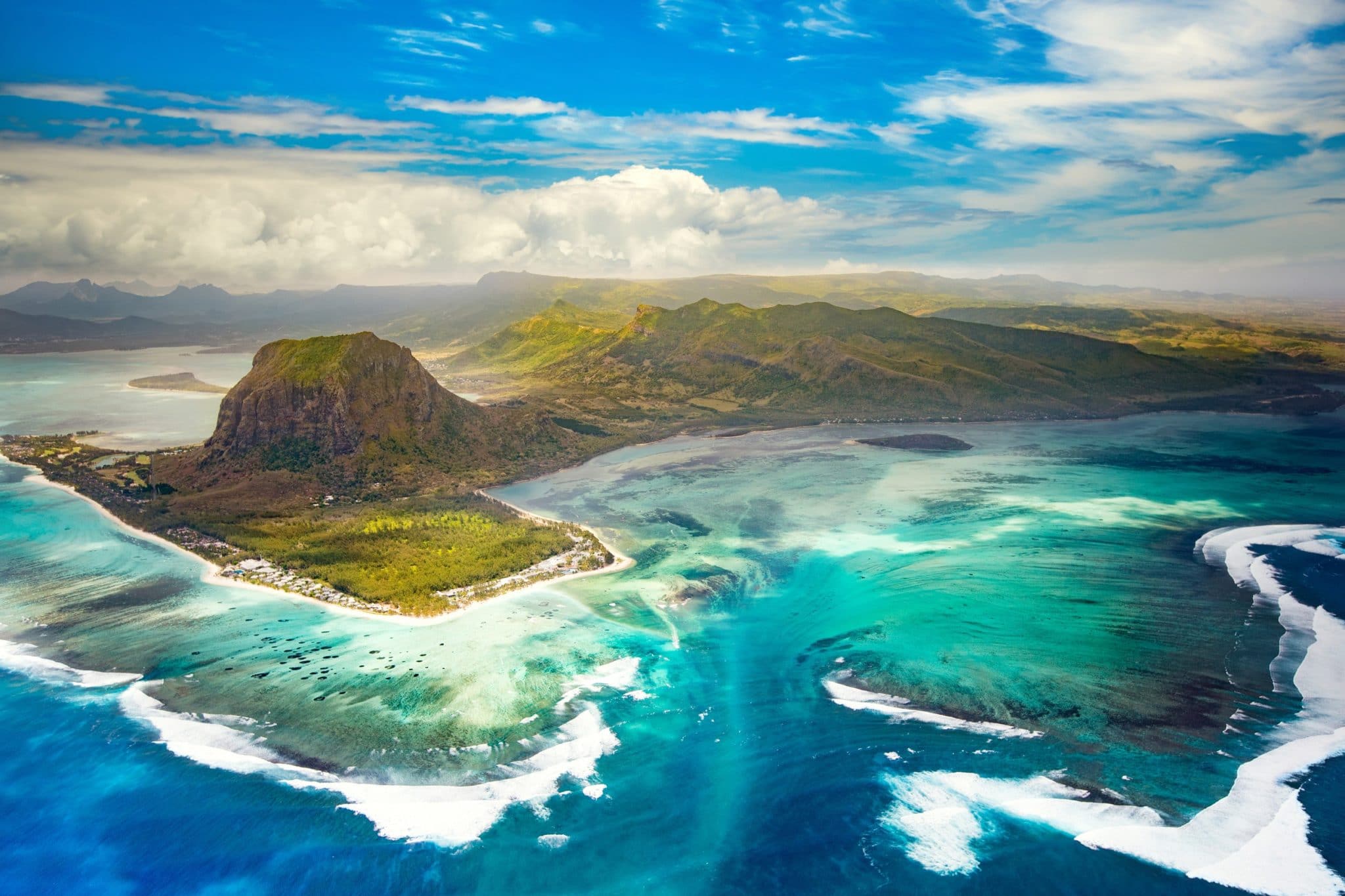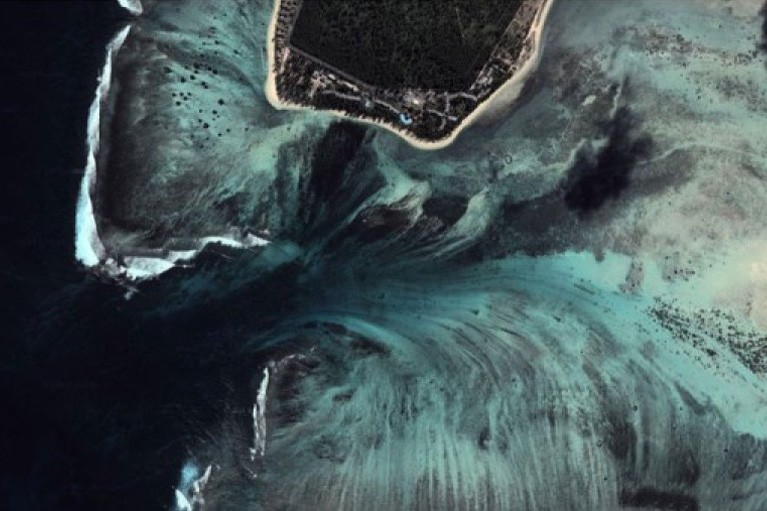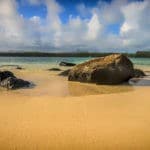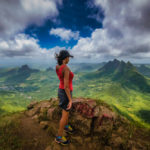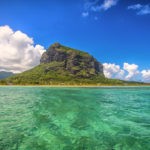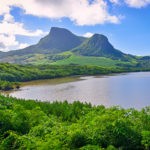We share the most interesting facts about Mauritius, gathered on our month-long journey across the stunning country
After trips to the Maldives, Fiji and French Polynesia, we wondered if Mauritius would live up to the established standard.
The vision peddled in brochures is of course of great blue lagoons and powdery white beaches, but unlike the aforementioned places, Mauritius comprises one main island instead of a great swathe scattered across the ocean.
Would true seclusion be hard to find?
The country’s capital, Port Louis, is lively and busy as capitals tend to be while the island’s resorts are predictably full of sun-starved tourists. Venture further, however, to the summit of Le Morne or Le Pouce, or go diving in Blue Bay and you will find that elusive seclusion.
We spent a month hiking, diving and relaxing, and fell in love with the country and its culture. Here are the most interesting facts about Mauritius we gathered along the way.
Interesting facts about Mauritius
1. Mauritius is a volcanic island that first rose above the waves eight million years ago.
(Source: BBC)
2. Known to Arab and Malay sailors as early as the 10th century, Mauritius was first explored by the Portuguese in the 16th century and subsequently settled by the Dutch, the French and the British in the 17th, 18th and 19th centuries respectively. It finally gained independence in 1968.
(Source: CIA World Factbook)
3. Mauritius is one of a small number of countries named after a person. It was named by the Dutch in honour of Prince Maurits van Nassau in the 17th century.
(Source: Wikipedia)
4. The country comprises the islands of Mauritius, Rodrigues and the outer islands of Cargados Carajos Shoals and Agalega Islands. Mauritius also claims sovereignty over the Chagos Archipelago 2,000km (1,250 mi) to the northeast but this is disputed by Britain.
(Source: Britannica)
5. Mauritius is almost entirely surrounded by coral reefs. There is 177km (110mi) of coastline, much of it covered by white, sandy beaches.
(Source: CIA World Factbook)
6. In 2017, Mauritius was named one of only four countries in the world which had no involvement in ongoing international or domestic conflict and no tensions with neighbouring countries. The others were Botswana, Chile and Uruguay.
(Source: p.13, Global Peace Index 2017)
7. The above may explain why Mauritius does not maintain a standing army.
(Source: CIA World Factbook)
8. Mauritius was the only known habitat of the dodo. Dutch sailors likely first encountered the flightless bird in 1598. Within 100 years, ship rats and other introduced animals had wiped out the species. The last confirmed sightings were in the 1660s.
(Source: BBC)
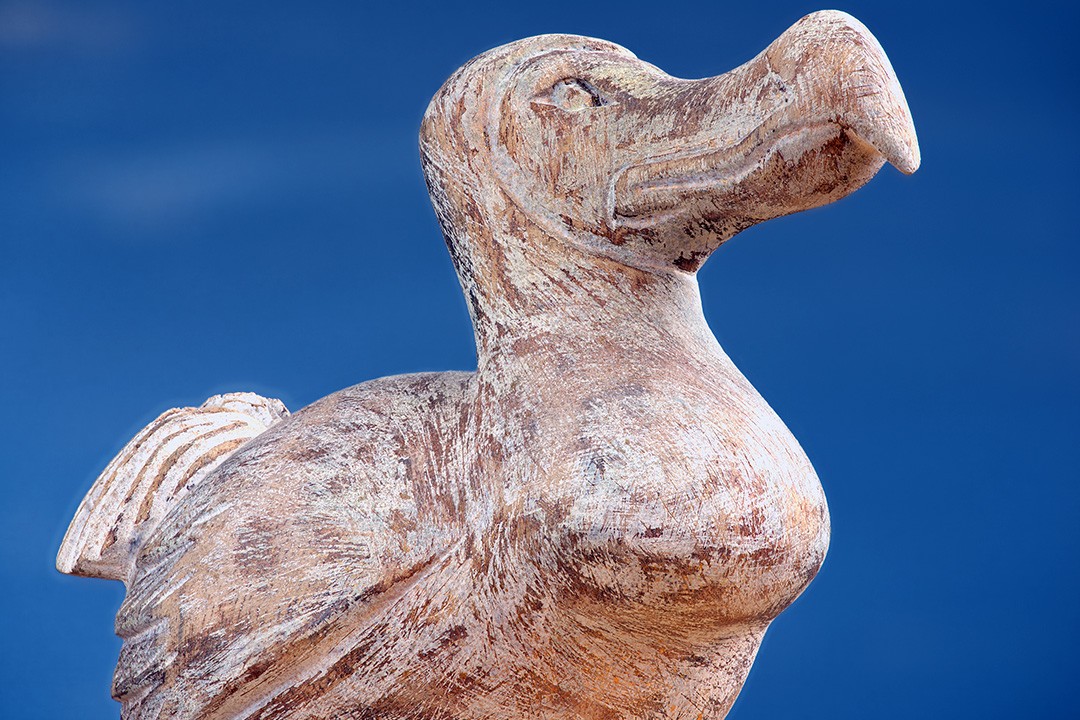
9. The dodo is prominently featured in the country’s national Coat of Arms, providing one of the more poignant interesting facts about Mauritius.
(Source: Republic of Mauritius)
10. It’s said that author Lewis Carroll was inspired to write his famous book Alice in Wonderland in part by a stuffed dodo at Oxford University Museum of Natural History.
(Source: BBC)
11. In the 18th and early 19th centuries, Le Morne Brabant mountain was used as a refuge for escaped slaves who formed settlements in the caves on the summit. Protected by the mountain’s wooded cliffs, the slaves lived on the mountain for years.
(Source: UNESCO)
12. Slavery was abolished in Mauritius in 1835. British planters brought in almost half a million indentured laborers from India to work in the sugarcane fields between 1834 and 1920.
(Source: UNESCO)
13. Two-thirds of the population in Mauritius is of Indo-Pakistani origin, most of whom are descendants of indentured labourers. A quarter of the population is Creole (of mixed French and African descent), and there are small numbers of people of Chinese and Franco-Mauritian descent.
(Source: Britannica)
14. The is no official language in Mauritius, although English and French are the ‘national languages’. The vast majority of the population (85.6%) speak Creole, a French-based patois.
(Source: CIA World Factbook)
15. Mauritius is the only African country to have a Hindu majority (48.5% of the population). Freedom of religion is a constitutional right and the country is home to large numbers of Roman Catholics (26.3% of the population) and Muslims (17.3%).
(Source: CIA World Factbook)
16. With a resident population of about 1,263,000, Mauritius has the highest population density in Africa and one of the highest in the world.
(Source: United Nations World Population Prospects)
17. The life expectancy in Mauritius – 70 years for men and 75 years for women – is higher than the world average and is well above the average for African countries.
(Source: Britannica)
18. Mauritius has two UNESCO World Heritage Sites: Aapravasi Ghat, a complex that represents the remains of the first buildings made by indentured labourers from India, and the aforementioned Le Morne Brabant.
(Source: UNESCO)
19. Trou aux Biches in Mauritius was named the world’s best beach destination in 2011. The country is frequently voted the world’s best honeymoon destination.
(Source: World Travel Awards)
20. One of our favourite interesting facts about Mauritius is that it’s home to a spectacular underwater ‘waterfall’. From the air, it looks like a heart-stopping canyon that cracks open metres from the peninsula. Sadly, the phenomenon is just an optical illusion caused by the runoff of sand and silt.
(Source: Kuoni)
The terrifying underwater ‘waterfall’ in Mauritius
21. Mark Twain reportedly said: “You gather the idea that Mauritius was made first, and then heaven, and that heaven was copied after Mauritius.”
(Source: The Writings of Mark Twain)
Lonely Planet Mauritius, Reunion & Seychelles is a comprehensive guide to Mauritius, ideal for those who want to both explore the top sights and take the road less travelled.
